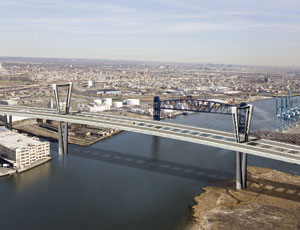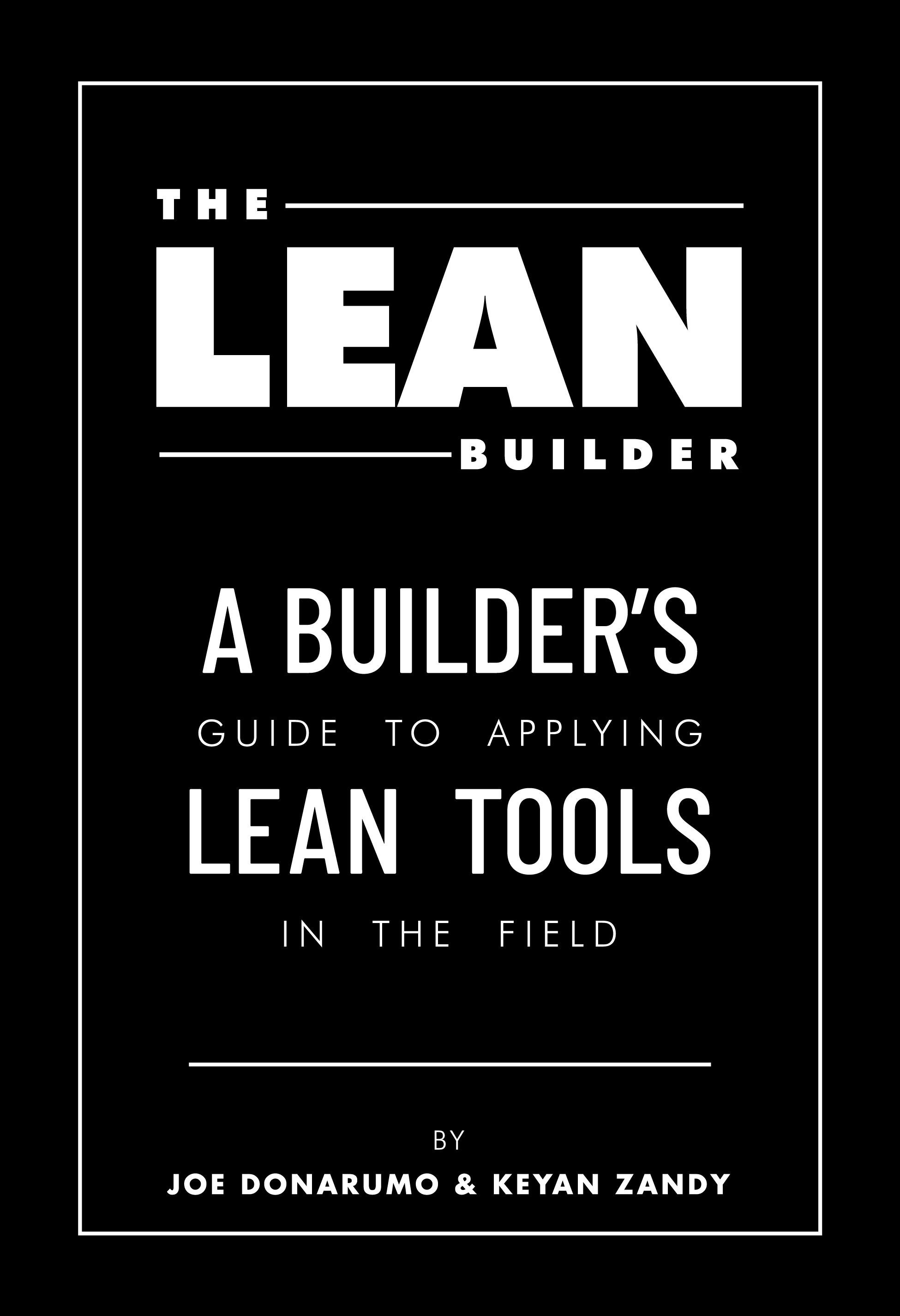When HNTB Corp. started a study of the Lake Champlain Bridge for the New York State Dept. of Transportation in 2009, everyone involved expected a standard environmental and design engineering review. But an inspection of the 80-year-old bridge's piers showed the structure was in danger of crumbling.

HNTB soon found itself in the thick of emergency plans to demolish the historic bridge, establish a 24-hour ferry service and build a new $70-million structure linking Crown Point, N.Y., and Chimney Point, Vt. The team's efforts culminated in May 2010, when departments of transportation from both states ran with the plan and tapped Flatiron Construction as their contractor. The new bridge is slated to open this fall.
The effort burnished HNTB's credentials with NYSDOT, says Bob Dennison, chief engineer for the agency. “Their flexibility and ability to adjust to changing terms was, to say the least, a great help,” he says.
HNTB's Lake Champlain assignment is one of a growing list of projects for key clients in the region. In recent years, the firm—with corporate headquarters in Kansas City, Mo.— has carefully and steadily expanded its presence in New York, New Jersey and Connecticut, earning selections on some of the area's highest-profile projects. The strategy helped HNTB more than double its revenue in five years, grow through the recession and establish itself among the top regional design firms. As such, ENRNew York has named HNTB its Design Firm of the Year.
“We have a strong plan that we're sticking to,” says Thomas Potts, vice president and New York office leader. “We've been growing somewhere between 15% and 20% almost on an annual basis, and we look for that to continue. Even in the downturn, there seem to be a lot of opportunities in the metropolitan New York area.”
HNTB's deliberate expansion draws from its focus on “foundation clients” in the region, says Bob Sutton, senior vice president for the Northeast. “We like to focus on large opportunities,” he says. “We don't chase all RFPs. We try to be strategic about the work that we're interested in.”
Those clients today include the Port Authority of New York and New Jersey, New York state and city DOTs and the New York Metropolitan Transportation Authority, along with the state DOTs and major transit agencies in New Jersey and Connecticut. Potts says these relationships are fueling a roster of 120 projects that should drive another 16% increase in gross revenue this year. HNTB is also targeting such agencies as New York City's Economic Development Corp. and Dept. of Environmental Protection, Potts adds.
Part of that effort entails expanding its physical presence. In addition to expanding its main New York office, the firm opened an Albany office last year that is handling the Lake Champlain project as well as an environmental impact statement for NYSDOT's high-speed rail initiative.
HNTB opened a Newark, N.J., office a few years ago to serve nearby Port Authority and NJ Transit offices. Its impact is being noticed, says Joe Fiordaliso, president of the state's American Council of Engineering Companies chapter. “I've definitely seen HNTB's profile grow, and not only its physical footprint,” he says, noting that the firm now has three offices in the state.
The growth is evident in the firm's revenue totals for the region, which have risen steadily to $74.8 million in 2010 from $33.5 million in 2006. Mirroring its revenue growth, HNTB has expanded its personnel to more than 300 people in offices across New York, New Jersey and Connecticut.
High-Profile Projects
The firm's portfolio showcases a broad mix. It heads engineering on the three-phase Atlantic Avenue Viaduct superstructure replacement in Brooklyn for the MTA's Long Island Rail Road, where Sutton says an innovative scheme crafted with Kiewit, the contractor, has helped them finish ahead of the design-build project's schedule. With the $93-million first phase done, the team is on the $77-million second phase.
HNTB is program manager on the $2.7-billion widening of 33 miles of the New Jersey Turnpike to 12 lanes, adding 170 new lane-miles between exits 6 and 9. It is also construction manager and inspection agent for the Turnpike Authority's $290-million Interchange 8 relocation, which includes moving the toll plaza and replacing or rebuilding 13 bridge structures.
HNTB also serves as on-call engineer for design, planning and preparatory tasks, including an environmental impact study for the Empire Corridor high-speed rail project, which aims to bring 110-mph-and-faster trains into service across 463 miles from New York City through large upstate cities to Niagara Falls.
In Connecticut, the firm is resident engineer for the $52.2-million Moses Wheeler Bridge replacement along Interstate 95 crossing the Housatonic River. It is helping prepare designs for Connecticut DOT's rehabilitation of a rim-bearing swing bridge over the Norwalk River, a Northeast Corridor structure that carries 90 commuter and Amtrak trains daily.
Other key projects include a new $1-billion-plus central terminal building for LaGuardia Airport, where HNTB is a subconsultant to URS; a $2-million consulting contract to extend electronic tolls across the New York Thruway; assorted tasks on several Port Authority bridges, including design for a $100-million orthotropic deck repair on the George Washington Bridge and preliminary engineering on the $1-billion Goethals Bridge replacement; and various roles for the MTA's bridge arm, including designing a new bus ramp viaduct for the Verrazano-Narrows Bridge and subconsulting on a Throgs Neck Bridge deck replacement feasibility study.
Spotlight on Innovation
HNTB has also made its mark through innovation. On a recent Newark roadway project, the New Jersey DOT initially looked at a $150-million replacement of a Route 21 viaduct. HNTB contributed structural analysis to a consultant team that ultimately recommended a $25-million rehabilitation that extended the section's useful life by 25 years. “Particularly these days when we're facing funding shortfalls for infrastructure, that willingness and desire to think outside of the box is much more important now,” say Fiordaliso, former chief of staff for NJDOT.
One of HNTB's leading innovators is Ted Zoli, technical director of its national bridge design practice. About half of his team's focus is in the region, including design, structural and civil engineering of the $3.9-million Squibb Park Bridge, which will connect to Brooklyn Bridge Park. The underslung suspension pedestrian bridge will marry timber with modern bridge design—including draped steel cable supports—when construction begins this year.
One twist is the use of black locust timber, a substitute for expensive and environmentally sensitive tropical hardwood, Zoli says. “[Black locust is] often used for fence posts in Appalachia, mostly because it's rot-resistant,” he adds. “There are fence posts that have lasted for 70 or 80 years in swampland.”
Zoli, an upstate native, played a key role on the Lake Champlain Bridge. The sudden shift in priorities for the bridge made for a unique design effort, transforming a calm search for ways to update a historic continuous truss structure into a “super-fast-track project,” he says. The resulting design echoes the original, yet incorporates techniques to simplify and speed up construction. Later this year, that construction will be punctuated by a “float-out” of the arch span constructed offsite and a “heavy lift” to install it. “That should be good fun to watch, and also represents the way you build a bridge as rapidly as possible,” Zoli says.
His team is also designing the key Portal Bridge project in Secaucus, N.J., which will replace a series of aging structures in a $100-million effort for NJ Transit and Amtrak. HNTB is part of a consortium on the project, which will enable the route to handle high-speed trains and will feature a 3,500-ft viaduct with three 400-ft network tied arch spans over the Hackensack River.
“Instead of using trusses that we typically would have used in the past, we're using arches with cross cables, which behave like trusses but in my view are much safer and are much more cost-effective,” Zoli says. n






